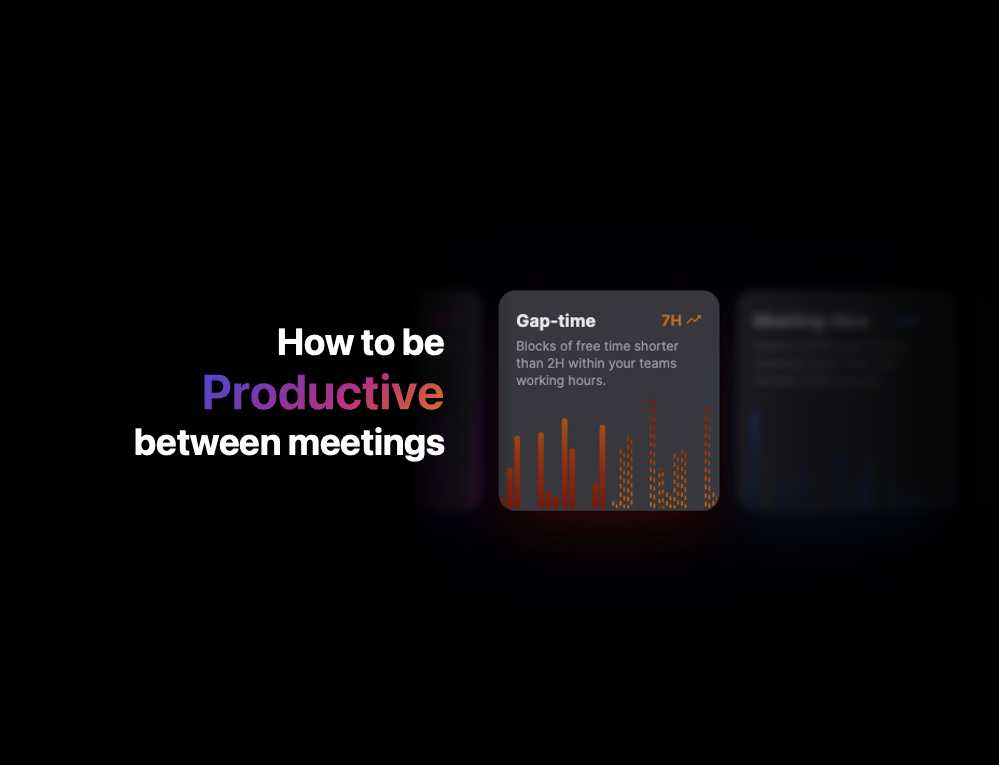The Inverted Org Chart: Putting Employees at the Top
4 min read
The traditional hierarchical view of organizational structure lends itself to a style of leadership where division of labor, chain of command and top-down communication dominates. While an org chart with the CEO/President at the top may still have its place, we believe that the way organizations should increasingly operate is with empowered employees playing a more prominent role in taking ownership of success. Employees should have the clarity and autonomy to decide which work will deliver the best results. They should be enabled to collaborate across hierarchical levels to get the support they need to be successful. And employees should be able to assume leadership as much as the management team. We believe this is a key new paradigm for a more agile and engaged organization.
There are Three Major Problems with Top-Down Hierarchy
- Lack of agility
- Ignorance
- Demotivating
Lack of agility
Digital transformation is disrupting every industry. This has significantly increased the pace of change in business as a whole, requiring organizations to be agiler. Organizations must respond and reposition themselves quickly to meet new challenges.
But it’s not just business that’s being disrupted. Technology is also driving changes in how we work and our expectations in the workplace. New collaboration technologies break down geographic, functional and hierarchical silos. Expectations about where and when work happens are changing. Employees expect a compelling and flexible workplace and a sense of mission and purpose at work. Contingent, contract, and part-time workers make up almost one-third of the workforce. Organizations must also be agiler in how they respond to shifts in human capital strategy.
These trends are putting pressure on organizations to adapt. Executives surveyed in Deloitte’s 2016 Human Capital Trends see a need to redesign the organization itself. 92 percent of survey participants rating this as a critical priority. To become agiler, leaders want to shift organizations to be built around highly empowered teams, a new model of management, and led by a breed of younger, more globally diverse leaders.
Ignorance
In his acclaimed study “The Iceberg of Ignorance”, consultant Sidney Yoshida concluded: “Only 4% of an organization’s front-line problems are known by top management, 9% are known by middle management, 74% by supervisors and 100% by employees…” Sydney identified the phenomenon when he asked a cross-section of workers in a large factory to note all the significant problems they were aware of and subsequently asked other levels of management to do the same.
James Surowiecki also wrote a book called “The Wisdom of Crowds” which explored how crowds can often be smarter and make better decisions that the smartest people in them.
This is one major issue with a traditional top-down leadership. Decisions are made on an inadequate amount of information because the organization doesn’t have a way to collect and manage insights from employees across the organization. This leads to poor decisions that decrease confidence in leadership within the organization.
Demotivating
Ensuring employees are engaged and empowered to act on issues and opportunities translates to value for customers. Studies have also shown that employees become more motivated when they have some control over their work and environment and feel that leadership is actively listening. The inverse is also true. When employees are simply told what to do, it decreases the motivation they bring to their job.
The Answer = Inverted Organizational Structure
The idea of an upside down organizational structure isn’t original. In fact, there are many other types of organizational models that move away from the traditional hierarchy. Holocracy, managerless organizations, and the lattice organization are some examples. But the basic premise is the same: To stop thinking about your organization as a top-down structure for how work gets done. Instead of employees supporting management’s objectives, managers serve employees and leaders serve the broader organization – all with the goal of better supporting customers.
The book, “The Conversational Firm” explores how one software company upended traditional bureaucratic hierarchy by giving all employees a voice. It’s the idea that organizations can have far more open dialogue across the corporate hierarchy than we ever before thought possible. Using software and some ew processes, organizations can make better decisions, improve productivity and become agiler as a result of collaborating more effectively between employees and leadership.


